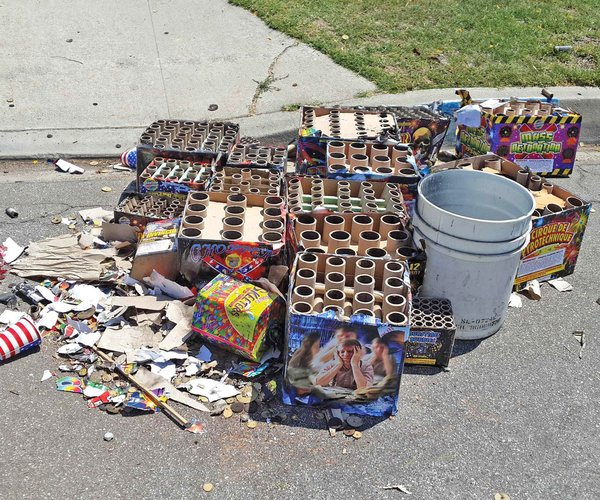Lawsuits, re-licensing and settlements surrounding the local water supply are moving along at a swift pace, and on Feb. 26, the Turlock Irrigation District board invited the community to its meeting for an update on the topics.
TID Director of Water Resources and Regulatory Affairs Steve Boyd provided farmers and other water stakeholders in attendance with a report that brought them up to speed on the final license application for Don Pedro, which first began eight years ago, and the ongoing legal battle surrounding the State Water Resources Control Board’s decision to implement 40 percent unimpaired flows along the San Joaquin River and its tributaries for the betterment of fish. He also explained how the two processes are intertwined and now beginning to come together.
“Arguably, this is the most important thing to all of us for the next 30, 50 years, and the fact that we were able to hold this tonight and so many of you are here shows your interest, and I appreciate that,” said Boyd.
In December, the State Water Board approved its Substitute Environmental Document for Phase 1 of its Bay-Delta Water Quality Control Plan, the result of a nine-year process which was met with vehement opposition from a broad coalition of Valley farmers, governments and organizations, TID included, due to its predicted impact on the community.
Almost simultaneously, TID has been working since 2010 with state agencies to develop new license conditions for Don Pedro, as the agency’s previous license expired in 2016. TID, along with Modesto Irrigation District, conducted studies along the Tuolumne River in order to create and establish the conditions for their final license application, which was filed with the Federal Energy Regulatory Commission in October 2017.
Included in the final application is the Tuolumne River Management Plan, which utilizes river flow measures in combination with non-flow measures like predation control and gravel rehabilitation to provide a better environment for salmon.
Recently, Boyd disclosed, a federal environmental analysis from FERC accepted the Tuolumne River Management Plan and recommended Don Pedro for relicensing, and the same plan was included in a voluntary agreement negotiated with state agencies last fall that looks to avoid the state water board’s unimpaired flows decision.
FERC’s environmental review is not final say, however; the State Water Board has to approve the voluntary agreement before the management plan is included in the relicensing of Don Pedro.
On Friday, TID submitted the voluntary agreement to the state for approval. Despite this window since the board’s Dec. 12 decision, TID, along with other water agencies, have still decided to take legal action against the state water board in the meantime, Boyd explained.
“They gave us a window, but we also know we’ve got to protect our water rights and our ability to serve you,” he said.
The lawsuit, filed in Tuolumne County Superior Court, contends the State Water Board adopted a wholly different plan than it analyzed, violated state and federal due process laws and unlawfully segmented the environmental review of the plan, among other claims. The lawsuit, along with others, marks the beginning of a prolonged court proceeding surrounding the adequacy and legality of Phase 1.
TID hopes a voluntary agreement will be approved by the board, avoiding litigation, but an audience member at Tuesday’s meeting wondered if the agency truly believed the board would listen to the scientific methods TID has used to back up its river management plan.
Boyd expressed optimism, applauding newly-appointed water board Chair Joaquin Esquivel, who has visited the Tuolumne River to see what other measures can be taken to help fish other than increased unimpaired flows. Esquivel was also the board member who called for the window of time for a voluntary agreement to be submitted for approval, Boyd added.
“Can I predict what’s going to happen? No,” Boyd said. “It has been a frustrating process...but I’m cautiously optimistic. I think there has been a bit of a change in their attitude toward what we’re trying to do.”





